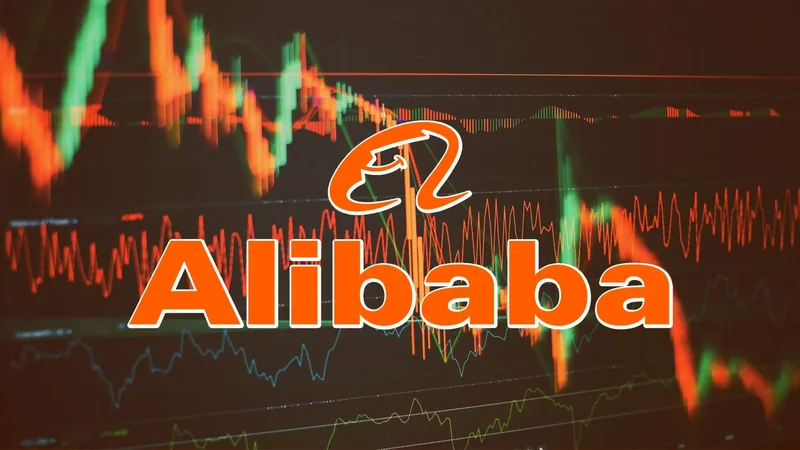AI Downgrades Alibaba: A Calculated Reality Check or Algorithmic Overreaction?
Alibaba (BABA) has been on a tear this year, fueled by AI cloud growth and the promise of faster deliveries. The stock's jumped over 91% year-to-date. Now, TipRanks’ AI Analyst Rina Curatex (running on OpenAI-4o) is throwing some cold water on the party, downgrading the stock to "Neutral" and trimming the price target to $176. That's a mere 8.23% upside from where it stands today. Wall Street, for the most part, disagrees, projecting a near 24% climb. So, who's right? And, more importantly, what's the data actually saying?
Diving Deep into the Data
The TipRanks AI Stock Analysis gives Alibaba a 69 out of 100. Strong financials, sure, but also "bearish technical indicators and valuation concerns." It's a mixed bag, to say the least. The AI points to growth in AI and cloud as positives. Q1 FY26 saw revenue hit 247.7 billion yuan (that's $34.6 billion), with cloud sales up 26%. Strategic partnerships, like the one with SAP, are also expanding Alibaba’s reach. So far, so good.
But here's where the cracks start to show. Weak free cash flow, thanks to high spending, could limit Alibaba's flexibility. The quick-commerce business is still bleeding money, a sign of intense competition. Rising debt is another red flag (something I’ve seen plague other tech giants as well). These issues could squeeze margins and slow earnings growth.
It's the free cash flow that really catches my eye. The report calls it "weak," but it doesn't quantify it. How weak is weak? Is it a temporary dip due to investment, or a structural problem? Details on the specifics of Alibaba's cash flow issues remain scarce in this report, making a definitive judgment difficult.

The Human vs. the Machine
Wall Street analysts are still largely bullish, with 19 "Buy" ratings and only two "Hold" ratings. The average price target sits at $198.21, implying that 24.01% upside. This presents a stark contrast. You've got human analysts, presumably factoring in things like market sentiment and management strategy, versus an AI crunching numbers. Which approach is more reliable?
I'd argue that both have their blind spots. Humans can be swayed by emotions and narratives, while AI can miss nuanced factors that don't show up in the data. The "Strong Buy" consensus seems to overlook the very real challenges highlighted by the AI. It’s a question of weighting. Are investors underestimating the impact of weak cash flow and rising debt? Or is the AI overemphasizing these risks? It's a tricky balance.
And this is the part of the report that I find genuinely puzzling. The AI downgrade seems almost preemptive. Alibaba reports its Q2 FY26 earnings on November 25th. Why downgrade before seeing the next set of results? It’s like calling a game before halftime. What new information prompted this shift? AI Analyst Downgrades Alibaba Stock (BABA) to Hold and Trims Price Target Despite Wall Street Optimism
One could argue that the AI is simply reacting to existing trends and projecting them forward. But that's a dangerous game. Markets are dynamic, and past performance is never a guarantee of future results. The timing of this downgrade raises questions about the AI's decision-making process. Is it truly objective, or is it susceptible to biases in the data it's trained on?
Is the AI Jumping the Gun?
The AI downgrade of Alibaba is a fascinating case study in the limitations of algorithmic analysis. While the AI correctly identifies some potential risks – weak cash flow, losses in quick commerce, rising debt – it may be overreacting to these factors or prematurely discounting the company's growth potential. The discrepancy between the AI's "Neutral" rating and Wall Street's "Strong Buy" consensus highlights the inherent tension between data-driven analysis and human judgment. Ultimately, investors need to weigh both perspectives carefully before making a decision.
